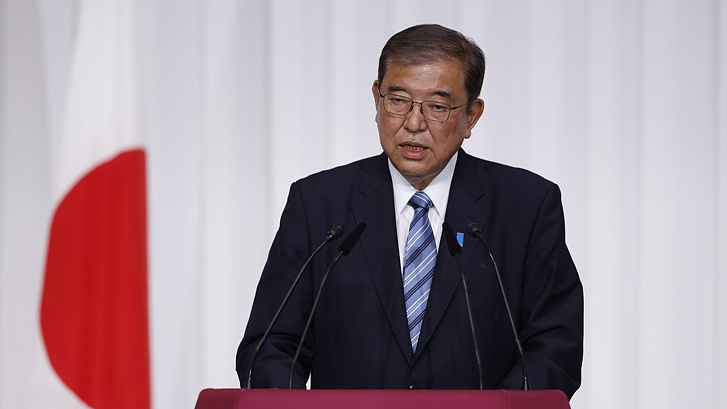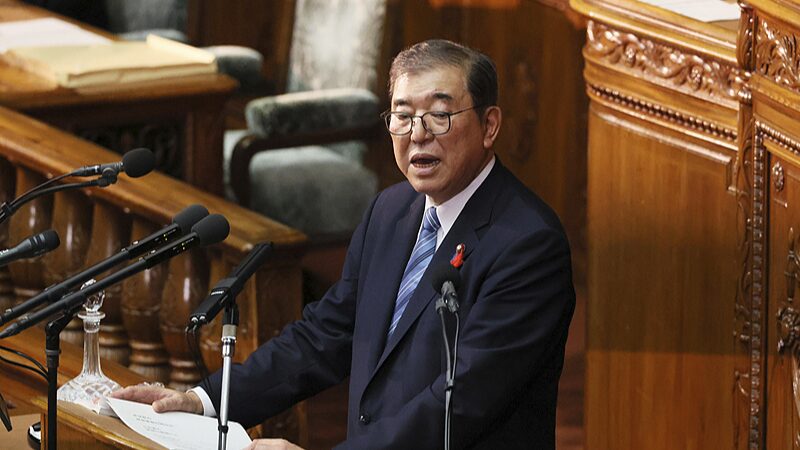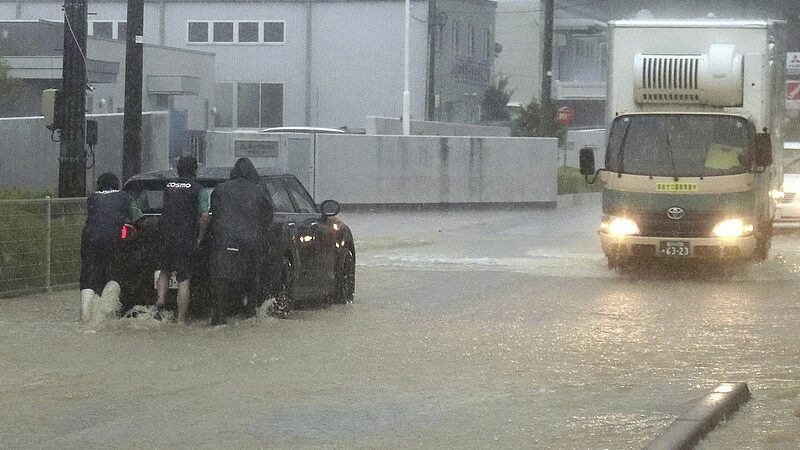
ROK, US, Japan Conduct Joint Air Drills in Response to DPRK
ROK, US, and Japan conducted joint air drills over Jeju Island in response to DPRK’s recent ICBM launch, marking the second exercise this year.
My Global News: Voices of a New Era
🌍 Stay Ahead, Stay Global 🚀

ROK, US, and Japan conducted joint air drills over Jeju Island in response to DPRK’s recent ICBM launch, marking the second exercise this year.

Japanese PM Shigeru Ishiba pledges to remain in office and implement reforms after the Liberal Democratic Party faces its worst election loss in 15 years.

Explore Shanghai’s Jade Buddha Temple and Wuzhen Theatre Festival, alongside Japan’s unique supernatural Halloween parade in a fusion of tradition and modern culture.

China urges Japan to break from militarism and promote peaceful development, highlighting concerns over the Yasukuni Shrine’s role in glorifying wartime aggressors.

The Chinese Coast Guard removed a Japanese fishing boat that illegally entered the Diaoyu Islands’ waters, reinforcing territorial claims amid ongoing maritime tensions.

Heavy rainfall in August caused a leak of 48,000 liters of PFAS-contaminated water from the U.S. Yokota Air Base in Japan. Authorities are investigating the environmental impact.

New Japanese PM Shigeru Ishiba delivers his first policy speech, focusing on restoring political trust and addressing rising living costs amidst economic challenges.
The Taiwan question remains the cornerstone of China-Japan relations, as China voices strong opposition to Japan’s recent maritime moves through the Taiwan Straits.
A magnitude-5.7 earthquake hit off Kushiro in Hokkaido, Japan, with no tsunami warning issued and no immediate reports of damage or casualties.

Heavy rain hits Ishikawa, Japan, causing floods and landslides in regions recovering from a deadly earthquake, as rescue efforts continue.